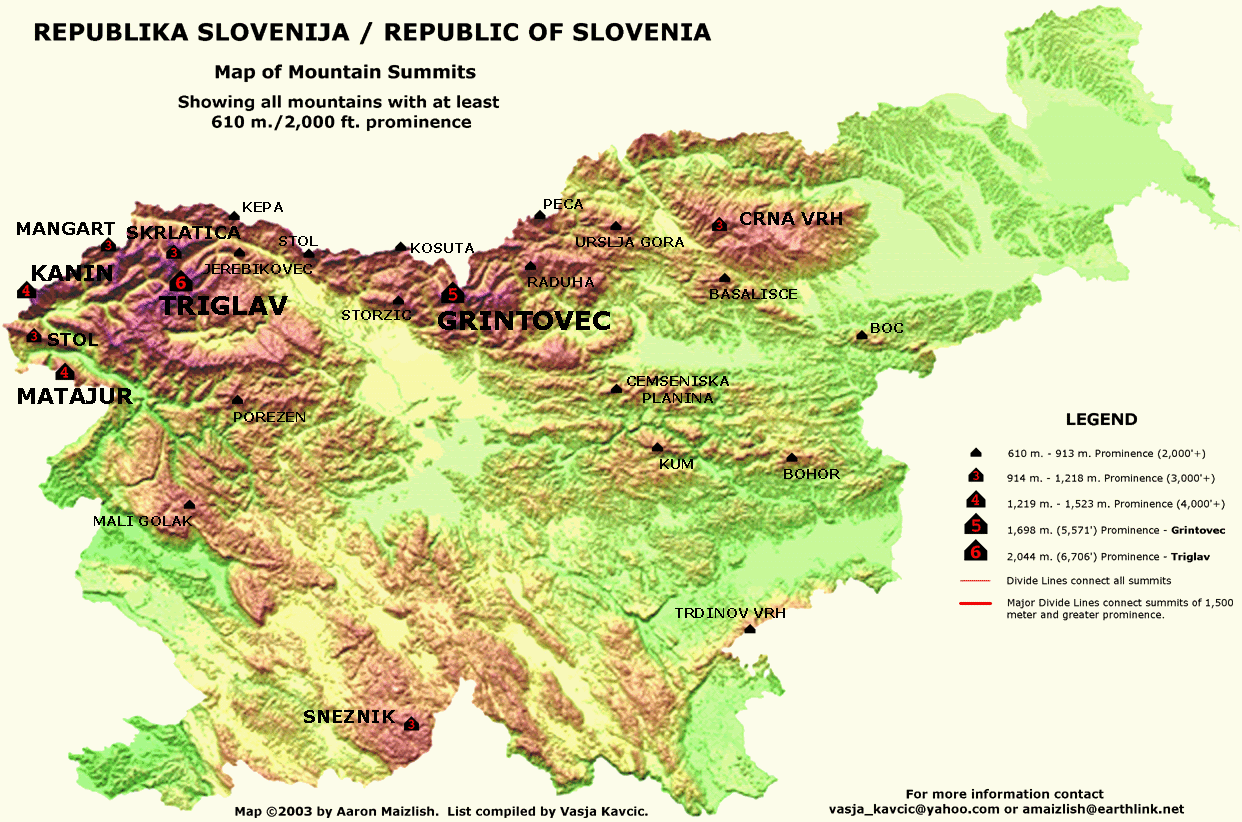Almost the entire country of Slovenia is karstic, given that soluable limestone is a predominant feature in the region. In fact, it is the region of Kars (or Krs), meaning "stone" in Jugoslav, that "provided the name for all such phenomena in the world." [1]
Specific to Bled are the caves under Babji zob (Hag's Tooth), a protruding rock jutting out of the Jelovica plateau, with a peak of 1,128 meters high. The karst caves under Babji zob formed from subsurface dissolution weathering, dating back to the ice age, "when the water from the Bohinj glacier invaded the inside of the Jelovica plateau." [2]
 |
| Babji Zob in the Jelovica Plateau (Image Credit: http://www.bohinjskabela.si/en/attractions/cave-under-babji-zob) |
The Suha stream runs through Bohinjska Bela in Bled, arriving at the Iglica Waterfall. At 18 meters high, Iglica falls before a vertical limestone wall, which is part of the limestone region out of which the Babji zob cave system is carved [3]. The mouth of the cave itself is 1,008 meters above the villages of Bohinjska Bela and Kupljenik set in the valley below, indicating some faulting and folding to the region, and thus a tectonic as well as karstic origin to the cave system. Certainly, the Babji zob protrusion indicates downfaulting, typical of a horst and graben formation, which, accounts for the cliffs, while traces of dolines can also be found. An Arial view of Bohinjska Bela reveals the tectonic and karstic landscape, indicative of a Polje. Notice how on the left of the picture, cliffs are clearly visible, while on the right and upper portions, more rolling hills can be seen.
 |
| Ariel view of Bohinjska Bela (Image Credit: http://www.penzion-bevc.si/en/lokacija.php) |
The interior formation of the 300 meter cave system is similar to those found in other karst regions. However, these particular caves have some rare features: although in the interior of the caves you will find the familiar speleothems such as stalactites and stalagmites, there are also rare helictites, the gravity-defying, spiral, snail-like speleothems.
 |
| Inside Babji zob Cave. (Photo Credit: http://www.bled.si/en/what-to-see/natural-sights/the-cave-under-babji-zob) |
 |
| Interior Babji zob cave. Coiling Helictite can be seen on upper right corner. (Image credit: http://slideplayer.com/slide/9305498/) |
[1] http://www.bled.si/en/what-to-do/highlights-of-slovenia/slovenian-karst
[2] http://www.bohinjskabela.si/en/attractions/cave-under-babji-zob
[3] http://www.bohinjskabela.si/en/attractions/the-iglica-waterfall






